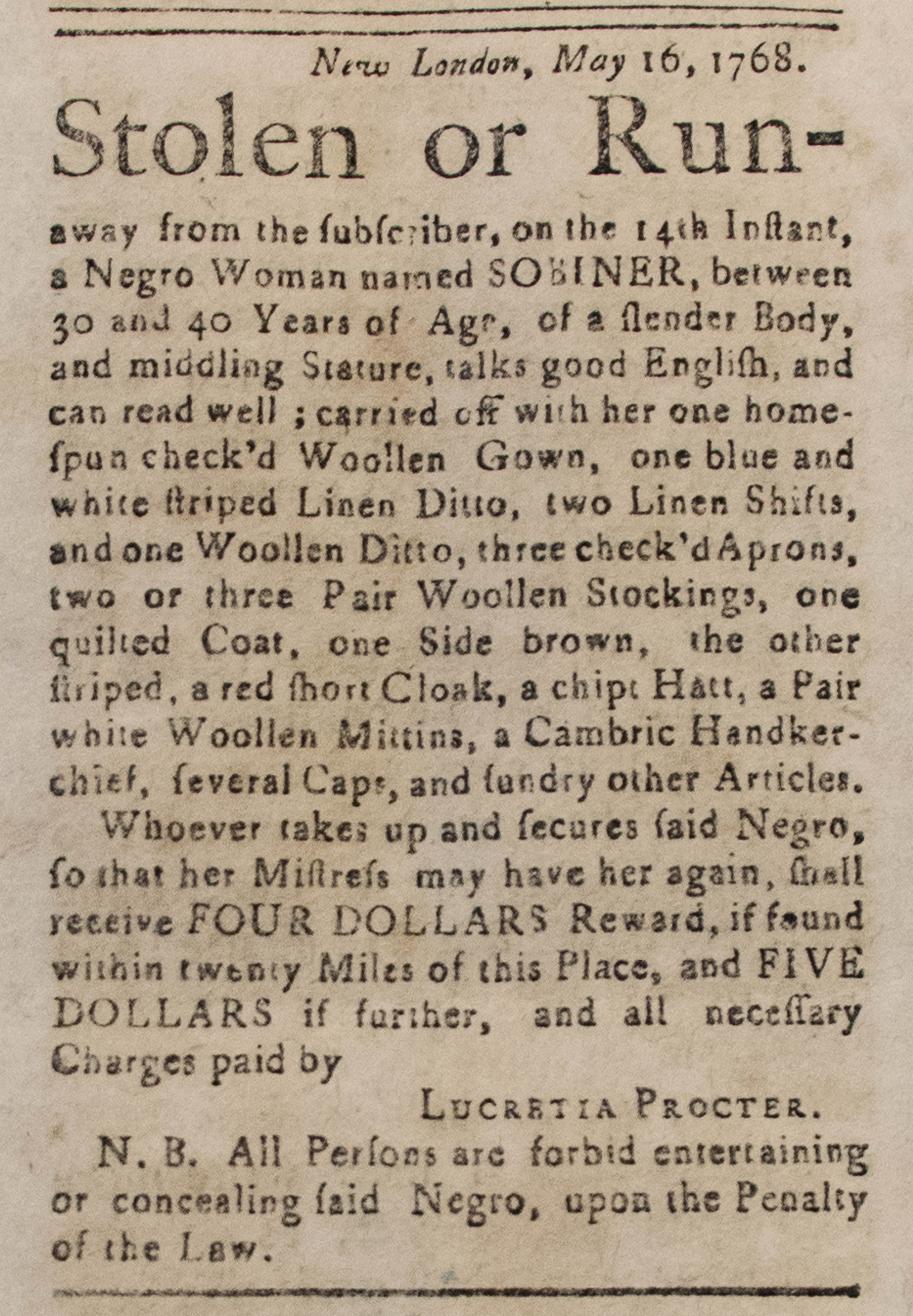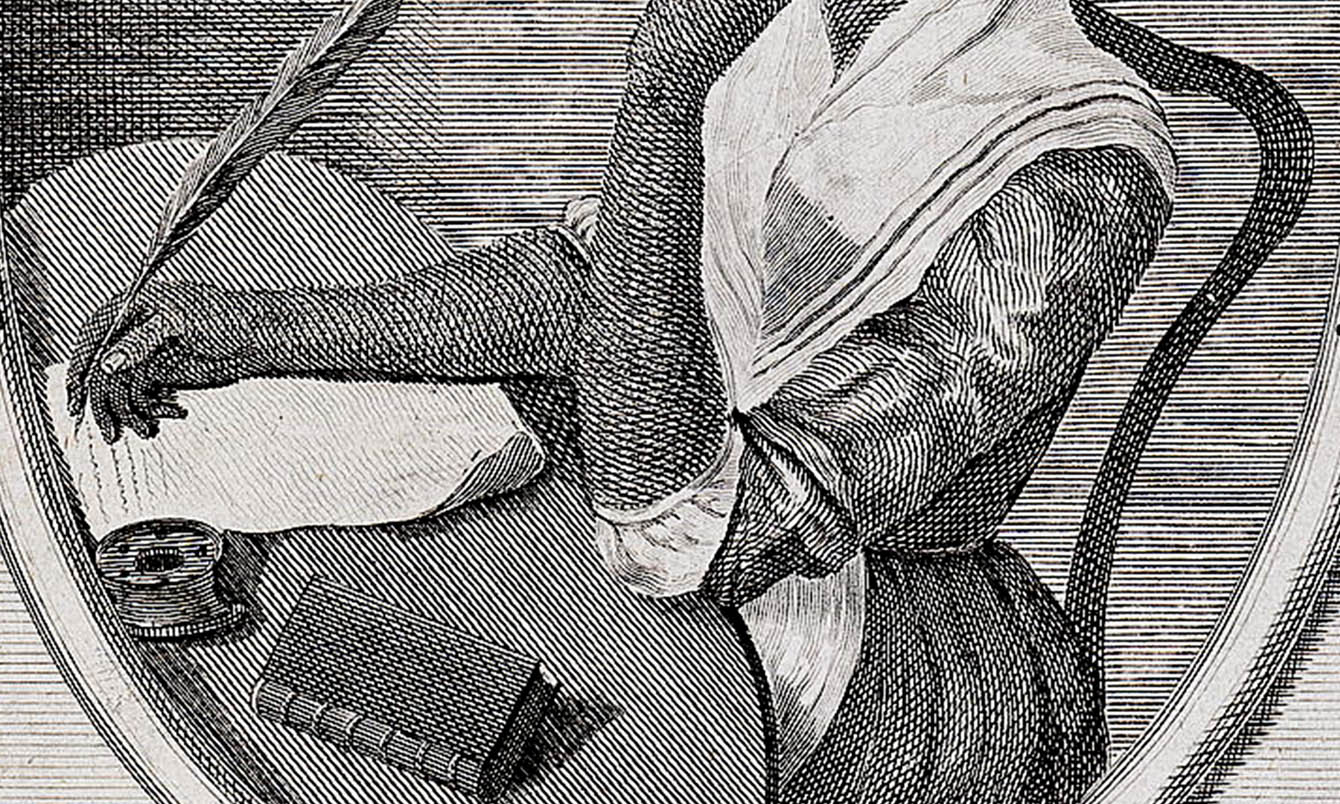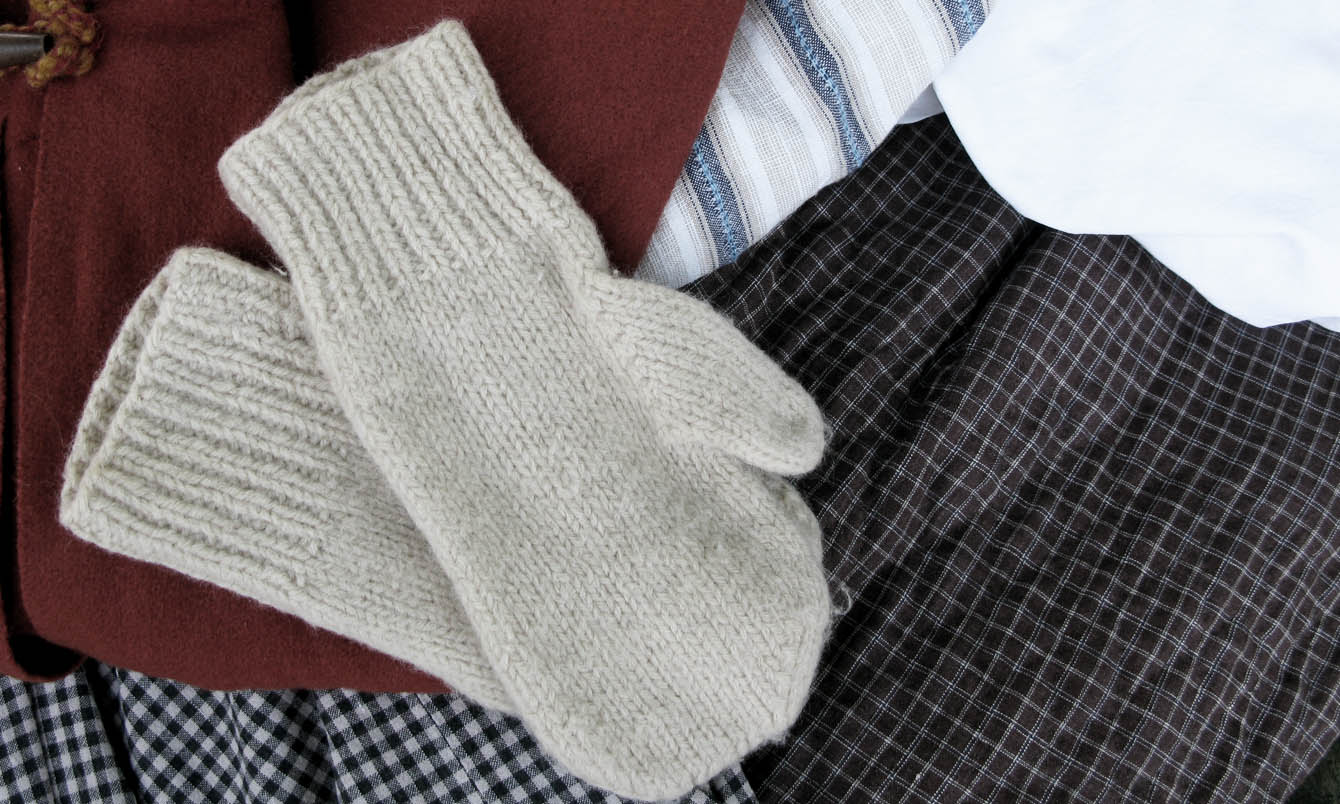Sobiner: “...can read well”
Sobiner’s story illustrates the anonymity of being enslaved. Although Sobiner’s enslaver noted that she could read, the ad focuses on the clothing that she took with little attention to Sobiner’s physical appearance or demeanor.

Stolen or Runaway
Because enslaved people were considered personal property, their abduction was legally considered to be a theft rather than a kidnapping. Sobiner’s enslaver, Lucretia Arnold Procter, wasn’t sure whether Sobiner had chosen to run away or if someone had taken her by force, so she advertised both possibilities.
30 and 40 Years
Contrast this brief description of Sobiner’s age and physical appearance with the lengthy list of the clothing she took with her. Procter may have equated Sobiner, a person, with her other lost property.

Phillis Wheatley
c. 1774
Unknown, after A. Bell, publisher (American, active 1770s)
A portrait of Phillis Wheatley, based on the image that appeared in her 1773 book of poetry.
Wikimedia/Public domain.
can read well
Sobiner could read, an uncommon skill for colonial women and even rarer for enslaved women. However, the work enslaved laborers performed often determined the skills that they were taught, so some did learn to read and write. It is unclear from the advertisement whether Sobiner’s work required reading.

Reproduction garments
The ad for the fugitive Sobiner provides a detailed list of garments she may have taken.
Historic Hudson Valley.
carried off with her
The ad listed a large amount of clothes that Sobiner took with her—much more than she could wear at any given time. Sobiner may have changed clothes to avoid capture, or she may have tried to sell the clothes or trade them, perhaps for passage on a ship.
FOUR DOLLARS Reward
This reward was small for a woman who could read. The fact that the amount would be greater if Sobiner were captured over 20 miles away suggests that Proctor believed that Sobiner intended to leave the area, perhaps to reunite with family or simply to avoid being recognized.
entertaining or concealing
Concealing or aiding a fugitive was illegal in every colony. Given the small reward, Sobiner’s education, and the quantity of garments that she took, some might be tempted to buy the clothes or employ her rather than return her to her enslaver. This reminder would have discouraged those impulses.
Sobiner: “...can read well”
Stolen or Runaway from the subscriber, on the 14th Instant, a Negro Woman named SOBINER, between 30 and 40 Years of Age, of a slender Body, and middling Stature, talks good English, and can read well, carried off with her one homespun check’d Woollen Gown, one blue and white striped Linen Ditto, two Linen Shifts, and one Woollen Ditto, three check’d Aprons, two or three Pair Woollen Stockings, one quilted Coat, one Side brown, the other striped, a red short Cloak, a chipt Hatt, a Pair white Woollen Mittins, a Cambric Handkerchief, several Caps, and sundry other Articles.
Whoever takes up and secures said Negro, so that her Mistress may have her again, shall receive FOUR DOLLARS Reward, if found within twenty Miles of this Place, and FIVE DOLLARS if further, and all necessary Charges paid by
Lucretia Procter.
N.B. All Persons are forbid entertaining or concealing said Negro, upon the Penalty of the Law.
An advertisement for Sobiner, a fugitive
June 3, 1768
Unknown
This advertisement appeared in The New-London Gazette.
The Connecticut Historical Society Museum and Library.

Phillis Wheatley
c. 1774
Unknown, after A. Bell, publisher (American, active 1770s)
A portrait of Phillis Wheatley, based on the image that appeared in her 1773 book of poetry.
Wikimedia/Public domain.
can read well
Sobiner could read, an uncommon skill for colonial women and even rarer for enslaved women. However, the work enslaved laborers performed often determined the skills that they were taught, so some did learn to read and write. It is unclear from the advertisement whether Sobiner’s work required reading.
To continue please visit People Not Property on a larger screen or horizontal device to fully experience this feature.


